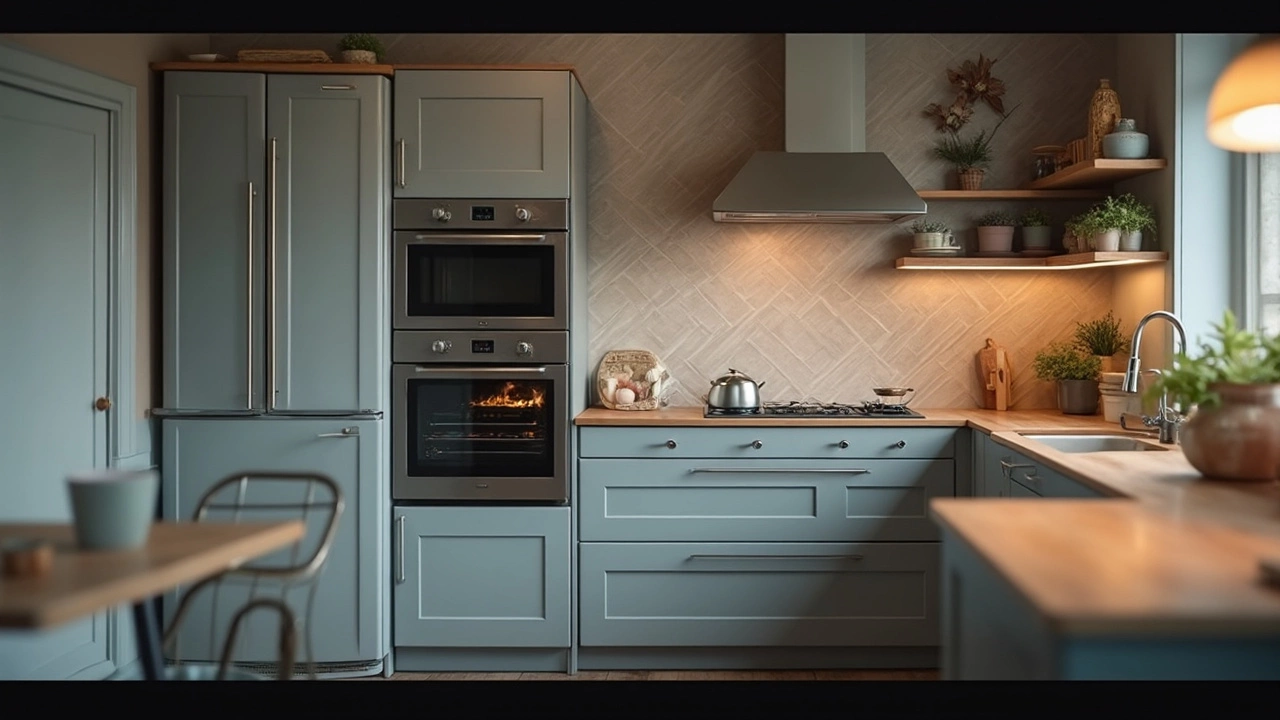Positioning a stove next to a refrigerator is a common kitchen layout question. While it might save space, understanding the practicality, safety, and efficiency aspects is crucial. Factors like heat exchange, appliance longevity, and kitchen workflow should influence the decision. This article dives into the pros and cons and provides actionable tips to help decide if this layout is the best fit for you.
How to Choose the Right Refrigerator for Your Home
Picking a fridge can feel overwhelming with all the models on the market. The good news is you don’t need a degree in engineering to get a solid choice. Think about what you actually need in your kitchen, then match those needs to the features that matter most.
First, measure the space where the fridge will sit. Leave a few centimeters on each side for ventilation and a little room for the door to swing fully. If you have a narrow hallway, a slim‑door or French‑door fridge might fit better than a bulkier side‑by‑side unit.
Size and Layout: Get the Capacity You Need
Capacity isn’t just about the total cubic feet; it’s about how the interior is organized. Look for adjustable shelves, deep drawers, and door bins that can handle large bottles or veggie trays. If you cook a lot and freeze meals, aim for a fridge with at least 15% freezer space.
Families with kids often benefit from a bottom‑freezer design because it keeps the fridge at eye level and the freezer out of reach. Single adults or couples might prefer a top‑freezer layout for easier access to fresh food.
Energy Efficiency and Cost Savings
Energy‑star rated fridges use less electricity and can save you up‑to‑£150 a year on utility bills. The label shows an estimated annual consumption—compare those numbers when you’re shopping.
Don’t forget the hidden costs: a fridge that’s too small will make you open the door more often, wasting energy. Conversely, an oversized unit runs longer to stay cool, also increasing usage. Choose a size that matches your household’s eating habits.
If you’re into tech, some modern fridges come with smart features like temperature alerts, door‑open reminders, and even interior cameras you can check from your phone. These can be handy, but they also add to the price, so weigh the convenience against your budget.
Finally, think about maintenance. Look for easy‑clean shelves and a drip‑free freezer. A simple, removable gasket makes it quicker to keep the door seal tight, which helps efficiency.
With these basics in mind—size, layout, energy use, and practical features—you’ll feel confident walking into a store or browsing online. Remember, the best refrigerator is the one that fits your space, meets your storage needs, and keeps your energy bills in check.
